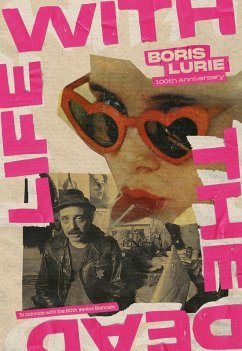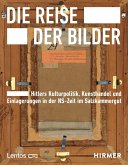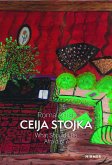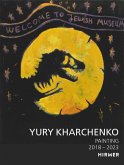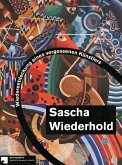On the occasion of the 100th anniversary of Boris Lurie's birthday the catalogue Life with the Dead presents more than fifty works from 1950 to 1970 that illustrate his active commitment to social justice and the memory of the Holocaust. The Jewish artist bore witness in many ways to the horrors of the Holocaust in the German concentration camps. However, his works of art are not only expressions of suffering, but also symbols of hope for the integration of someone who would henceforth belong to the minority of survivors. Friends and companions describe Lurie's development from his beginnings in the 1950s, through the NO! art movement, to his renaissance as one of the main representatives of Holocaust art. Tom Wolfe published his text on an exhibition at Gertrude Stein's gallery, New York in 1964. René Block exhibited Lurie in Berlin, and Achille Bonito Oliva met Boris Lurie's art in 1962 on the occasion of the exhibition Doom Show Boris Lurie and Sam Goodman at the Galeria Arturo Schwarz in Milan. Rafael Vostell and Jürgen Kaumkötter provide the contextual framework for the book, which is complemented by words of greeting from Gertrude Stein, Boris Lurie's lifelong friend and Jürgen Wilhelm from the Landschaftsverband Rheinland.
BORIS LURIE (1924-2008), born in Leningrad and raised in Riga, lost his mother, grandmother, sister and childhood sweetheart on 8 December 1941 in a mass shooting by the National Socialists in the forest of Rumbula (Riga). After surviving several German labor and concentration camps, Lurie emigrated to New York in 1946, where he became a co-founder of NO! art, a provocative art movement of the 1960s. Characterized by subversion, irony, and often through direct references to the Holocaust, Lurie's works were critical comments on Pop Art and the American consumer culture of his time.
BORIS LURIE (1924-2008), born in Leningrad and raised in Riga, lost his mother, grandmother, sister and childhood sweetheart on 8 December 1941 in a mass shooting by the National Socialists in the forest of Rumbula (Riga). After surviving several German labor and concentration camps, Lurie emigrated to New York in 1946, where he became a co-founder of NO! art, a provocative art movement of the 1960s. Characterized by subversion, irony, and often through direct references to the Holocaust, Lurie's works were critical comments on Pop Art and the American consumer culture of his time.

